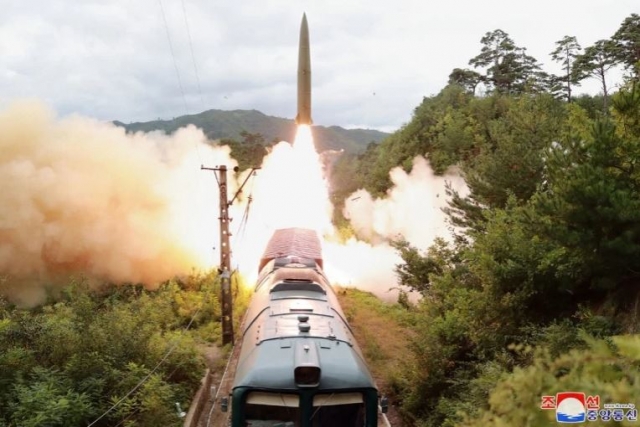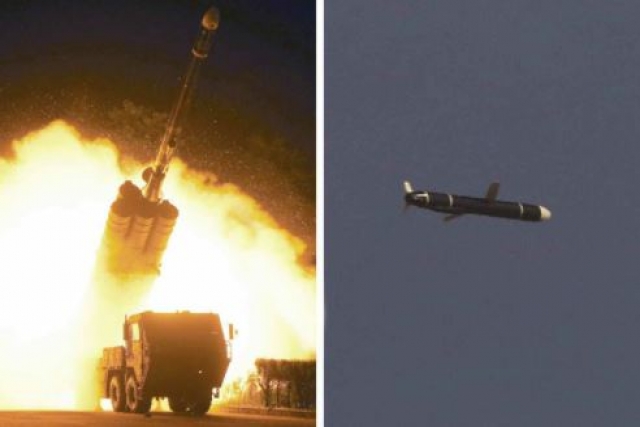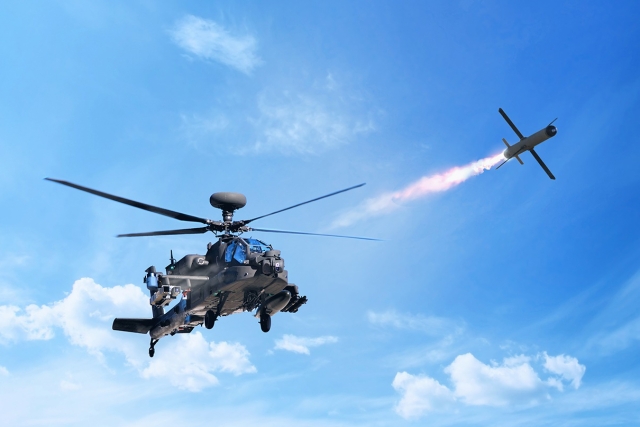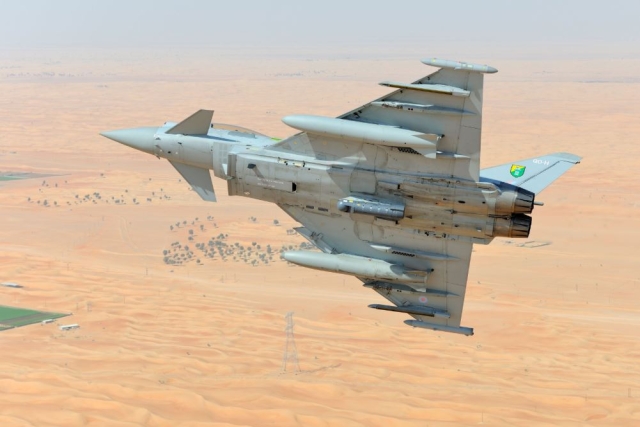N.Korea's Hypersonic Missile has Gliding Warhead
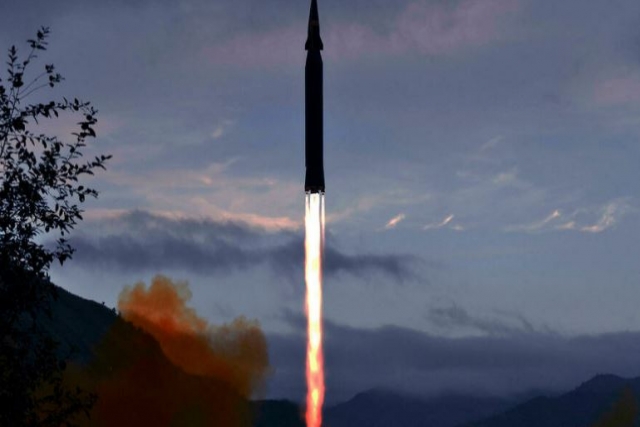
North Korea’s first hypersonic missile flight tested on Tuesday reportedly met key technical requirements set out by scientists, including launch stability, maneuverability and gliding flight characteristics of the “detached hypersonic gliding warhead.”
Pyongyang's official Korean Central News Agency (KCNA) claimed the test-launch confirmed “the navigational control and stability of the missile,” the "guiding maneuverability and the gliding flight characteristics of the detached hypersonic gliding warhead,” and the engine.
Hypersonic missiles usually fly at a speed of at least Mach 5 (more than 6,000 kmph) and the one that the North tested, Hwasong-8, is said to have flown at a speed of around Mach 3. It is known to have travelled less than 200km, although this remains to be confirmed.
A hypersonic glide vehicle is launched aboard a missile before it separates and approaches the target. The missile’s immense speed, coupled with the ability to change trajectory mid-flight, makes them harder to track and intercept than traditional projectiles. These missiles can strike targets from longer ranges within a shorter period of time, giving little time for enemies to respond. Depending on the design, they can be capable of carrying nuclear warheads or conventional only.
“Shooting down missiles hurtling toward targets at such massive speeds is beyond the capabilities of the existing missile defense systems, and that's why hypersonic missiles are often called a game changer," experts told South Korea’s Yonhap News Agency.
As it was the first test-launch, the missile's flight range, altitude, speed and other features would be incomplete, but the North Koreans would have accomplished their intended goal if they were able to obtain data necessary to move on to the next stage in the development process, professor Kim Dong-yup of Kyungnam University's Far East Institute told the agency.
The KCNA report added that the stability of "the engine as well as of missile fuel ampoule that has been introduced for the first time was ascertained.” An "ampoule" fuel system is a propellant canister that could eliminate the need for launch-site fueling.
Ordinary liquid-fuelled missiles cannot be transported with their propellant on board as its volatility makes it too dangerous to do so.
Compared with conventional missiles that require hours of liquid fuel injection before firing, the ampoule would allow the fuel to be stored for months before immediate use, experts were quoted as saying by Yonhap.
"In terms of military threats, the fuel ampoule technology is assessed as a bigger threat than the detachable hypersonic gliding warhead," missile expert Ryu Sung-yeop from the Korea Research Institute of Military Affairs said, warning such technology would allow the North to fire its traditional missiles at any time.
North Korea expected to conduct additional test-launches to stabilize the missile's capabilities and extend its flight range.
The KCNA did not mention whether it was ballistic, but experts said it is likely to be a ballistic missile given its name, Hwasong, which has been used for the country's other ballistic missiles using liquid fuel.
"It looks like a medium- to long-range missile similar to Hwasong-12 in design," Shin Jong-woo, a senior analyst at the Korea Defense Security Forum in Seoul, said.
